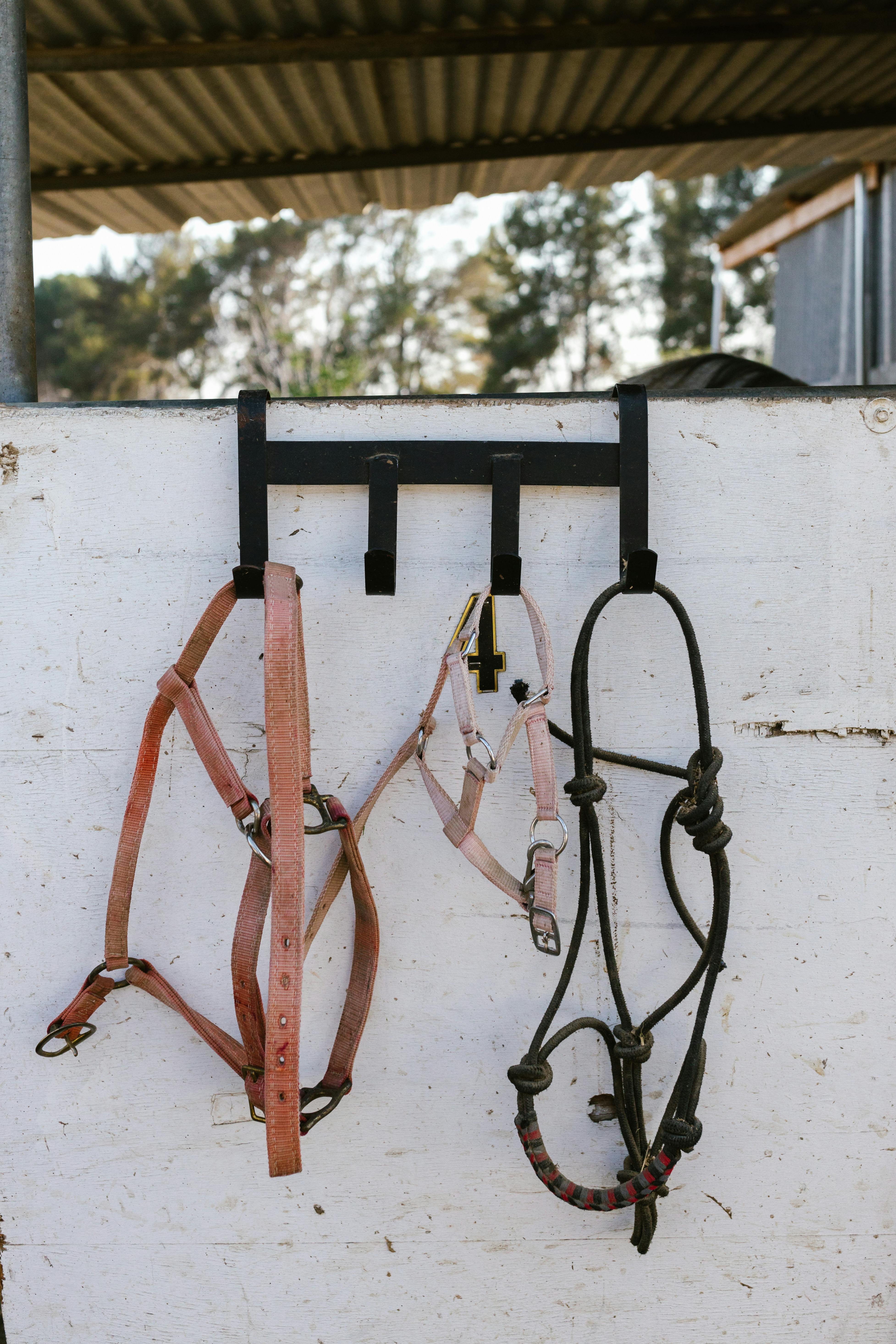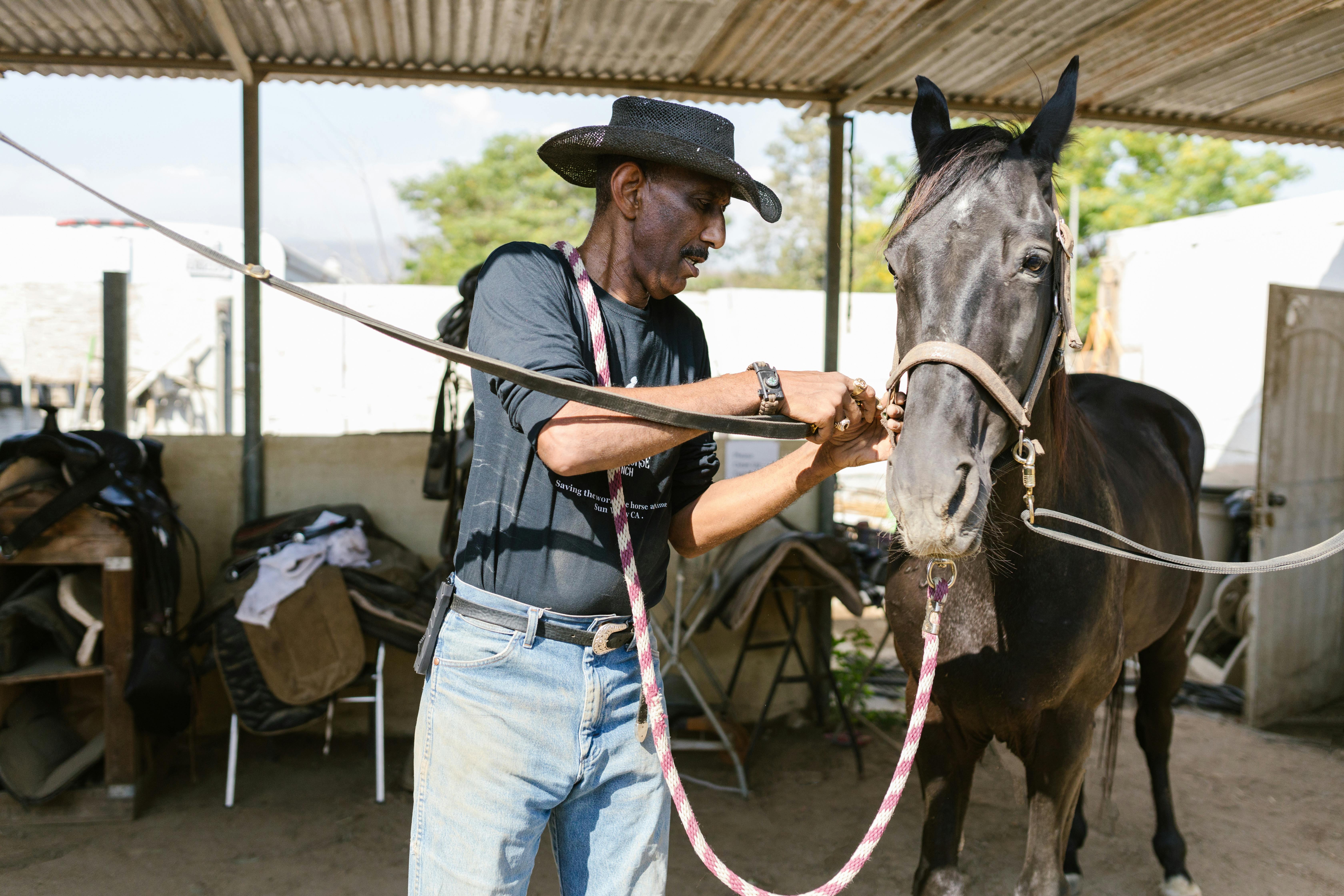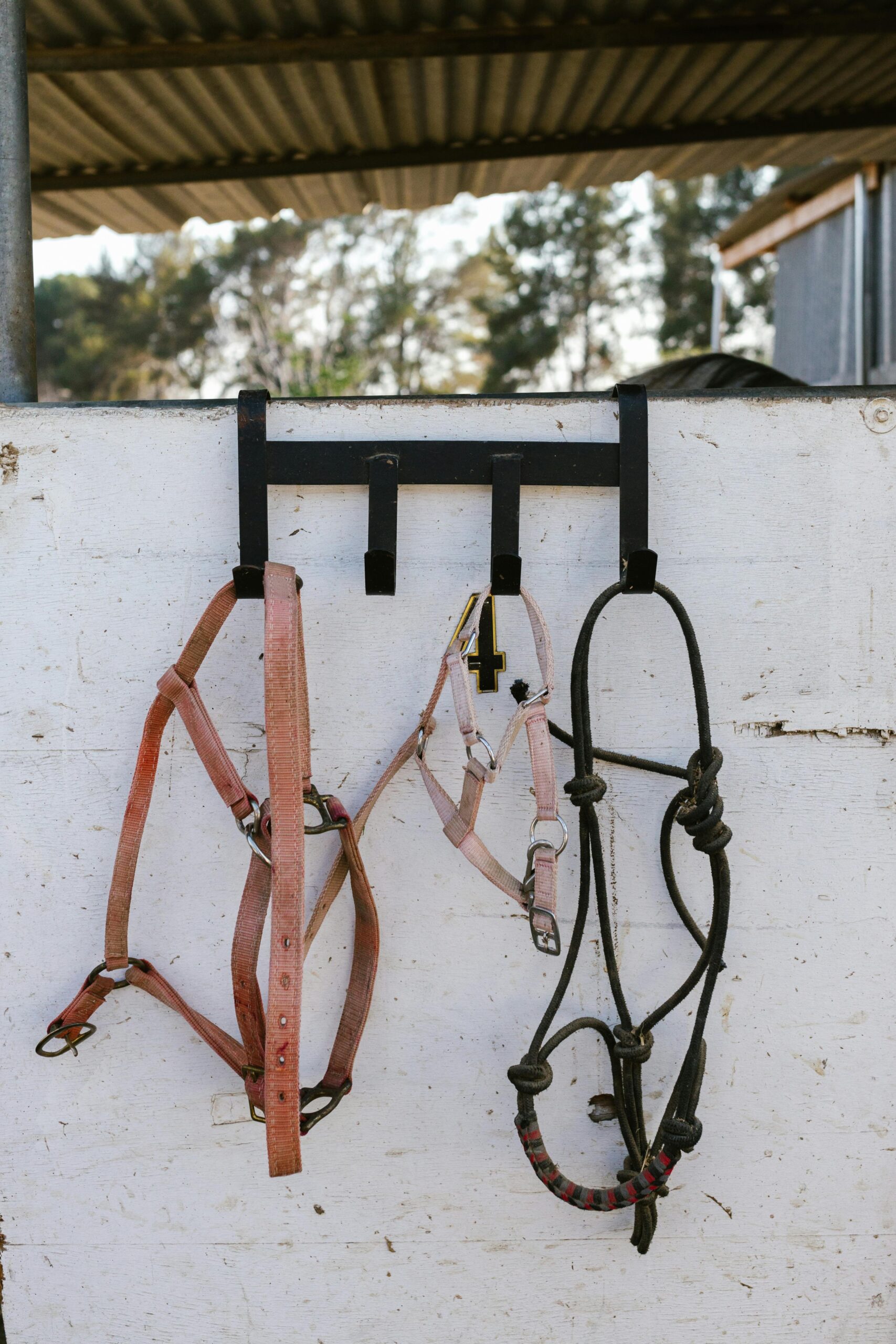Mastering the Hybrid Rope Halter for Training Success
The hybrid rope halter is redefining horse training and management in modern equestrian circles. With its unique combination of structure and flexibility, it provides greater control, improved communication, and added comfort for the horse. In this comprehensive guide, you’ll uncover how this innovative gear works, its practical benefits, and how to integrate it into your equine routine effectively.

Understanding the Fundamentals
The hybrid rope halter blends the best of traditional rope halters and flat web halters. Its dual-material design enhances pressure distribution and communication without sacrificing control. This design has gained traction due to its efficacy in groundwork and gentle horse handling techniques.
Historically, rope halters have been used by natural horsemanship practitioners, but the hybrid variant improves upon that legacy with added structure and versatility, especially in training young or green horses.
1.1 Combining Comfort with Control
The hybrid rope halter offers a soft yet firm fit, ensuring comfort without compromising control. Its rope component applies gentle but effective pressure to pressure points on the horse’s head, while the padded or flat sections minimize abrasion during prolonged use.
Real-world applications include groundwork exercises, trailer loading, and teaching manners without relying on harsh bits or mechanical devices. A common misconception is that hybrid halters are only for beginners—they’re actually widely used by professionals for refined training as well.
1.2 Improved Communication in Training
Unlike rigid nylon halters, the hybrid design allows subtle cues and light touches to be felt more clearly. This enhances communication and responsiveness, especially when building trust with sensitive horses.
Case examples include liberty training, where slight pressure shifts can direct a horse without the need for reins. This makes the hybrid rope halter ideal for trainers emphasizing gentle, cue-based methods.
Practical Implementation Guide
Now that we understand the value of the hybrid rope halter, it’s time to explore how to implement it into your training sessions. Whether you’re introducing a young horse or retraining a seasoned one, these tips ensure success.

2.1 Actionable Steps
- Fitting the Halter Properly: Ensure the noseband sits about two fingers below the cheekbone. It should be snug but not tight, allowing for clear signals.
- Tools/Resources Needed: A well-made hybrid halter, a 12-14 foot lead rope, training gloves, and a safe, enclosed training area.
- Timeline and Milestones: Start with 5-10 minute sessions for the first week. Progress to longer and more complex tasks over 3-4 weeks depending on the horse’s response.
2.2 Overcoming Challenges
Some common challenges include:
- Horse resisting pressure – Solution: Use release-and-reward techniques.
- Poor fit – Solution: Adjust halter or choose a better size.
- Twisting or slipping – Solution: Regularly check knot placement and adjust as needed.
Experts recommend consistent reinforcement, using clear, calm signals and never jerking or yanking the rope. If resistance persists, it might signal discomfort or an ill-fitting halter, both of which can be easily addressed with proper assessment.
Advanced Applications
Once your horse is comfortable with the basic hybrid rope halter cues, you can expand into more advanced training methods. These applications are ideal for experienced handlers or those working with performance horses.

3.1 Liberty Work and Bitless Riding
The hybrid rope halter is excellent for liberty training. Horses learn to respond to body language and subtle cues alone, enhancing your bond and communication. It’s also used for bitless riding when paired with reins, allowing horses more freedom of movement and reducing oral discomfort.
In studies conducted by equine behaviorists, horses trained using hybrid halters showed a 30% faster response time to directional cues compared to those using rigid nylon halters.
3.2 Integration with Other Gear
Hybrid halters can be seamlessly integrated with longe lines, side reins, or even lightweight surcingles for desensitization work. Their compatibility with various accessories makes them indispensable for diverse training needs.
They are especially valuable for transitioning young horses to bridle work, serving as an intermediary step between groundwork and full tack without overloading the horse mentally or physically.
Future Outlook
As the horse training industry moves toward humane and science-based methods, the hybrid rope halter is expected to play a central role. Technological advancements may lead to even better materials and adjustable features tailored to individual horse anatomy.
Over the next 3-5 years, expect innovations like biofeedback halters, GPS trackers for safety, and training systems synced with mobile apps. By staying informed, handlers can adopt the latest gear while maintaining ethical standards and effective training practices.
Conclusion
To summarize, the hybrid rope halter offers superior control, communication, and comfort. It bridges the gap between traditional and modern training tools while remaining versatile for all horse types.
Whether you’re a novice owner or a seasoned trainer, adopting this halter style can elevate your equine communication. Ready to begin? Invest in a quality hybrid halter and start seeing better results in your groundwork today.
Frequently Asked Questions
- Q: What is a hybrid rope halter? A hybrid rope halter combines rope pressure points with padded or structured sections for both control and comfort during horse training.
- Q: How do I get started with a hybrid rope halter? Begin with short training sessions, ensuring proper halter fit and using a long lead rope for safety and flexibility.
- Q: How much time does it take to see results? Many trainers report noticeable improvement within 1-2 weeks of consistent, calm handling using hybrid halters.
- Q: How much does a hybrid rope halter cost? Prices range from $25 to $70 depending on quality, materials, and added features like padding or adjustable clips.
- Q: How does a hybrid rope halter compare to nylon halters? Hybrid halters offer better feel and training precision, whereas nylon halters provide more durability but less finesse in communication.
- Q: Is it hard to use for beginners? No. Hybrid halters are intuitive and forgiving. With basic guidance, beginners can use them effectively and safely.
- Q: Can it be used in competition or show environments? Yes, many hybrid halters are stylish enough for show settings and provide improved behavior leading up to events.
